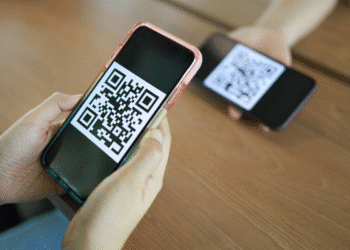Barclays to Expand Voice Biometric Security
 Passwords and security questions may become a thing of the past if Barclays PLC has anything to say about it.
Passwords and security questions may become a thing of the past if Barclays PLC has anything to say about it.The London-based Barclays announced this week it would expand a security system based on customers’ voice patterns and biometrics. Instead of asking for passwords and the answers to out-of-wallet questions, the system will be able to accurately identify customers based on their speech patterns alone, so-called passive voice authentication.
The system will be powered by Nuance Communications, the Boston, Mass.-based technology company that also powers Apple’s Siri voice assistant program. Bank Innovation spoke to Nuance Communications about a number of topics surrounding Barclays’ new voice biometrics.
While voice authentication may not seem as secure as fingerprints or iris-scanning technology, it’s actually the most secure, according to Nuance’s Brett Veronic. Nuance doesn’t store the actual recording, Veronic explained, but attaches a number of alpha-numeric values to each factor it uses to authenticate identity. Even if a hacker were able to access the storage database (housed by Barclays, not Nuance), all they would see is the alpha-numeric values, which are useless by themselves, according to Veronic.
Voice biometrics has a number of features that separate it from other biometric security methods. Not only is there no hardware that is not already part of the phone — as opposed to the fingerprint sensor, available on only a few devices — but it’s also dynamic. We have a limited number of fingerprints and irises, so if these keys are compromised, users will be in a jam. No such issues exist with voice authentication, where new passwords can be chosen.
Barclays began implementing passive voice biometrics in 2012, with its Barclays Wealth customers. The feature has seen adoption rates in the high 80th percentile within only five months, and the system has a 95% success rate. A number of other banks and financial institutions use voice biometrics, including ING, VanGuard, Santander, and TD Bank. PetraBank in Slovakia is th only other financial institution mentioned by Nuance that uses passive voice biometrics.
As banks turn to provide customers with better security features without compromising efficiency, passive voice biometrics may be a solution that achieves both without any significant drawbacks. As Barclays looks to expand its voice biometric security, look for other banks — particularly stateside — to gain interest in the technology.
Please login to join discussion














